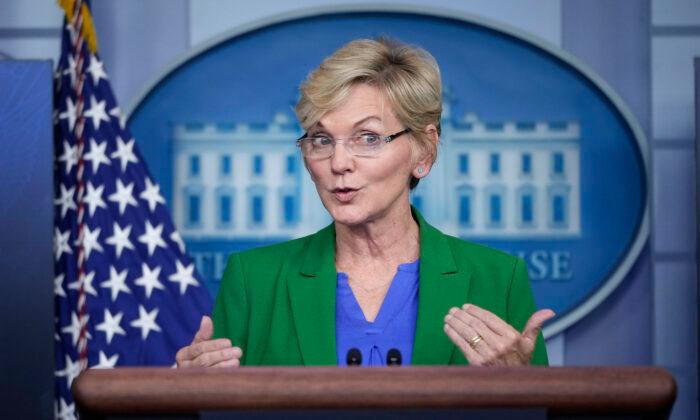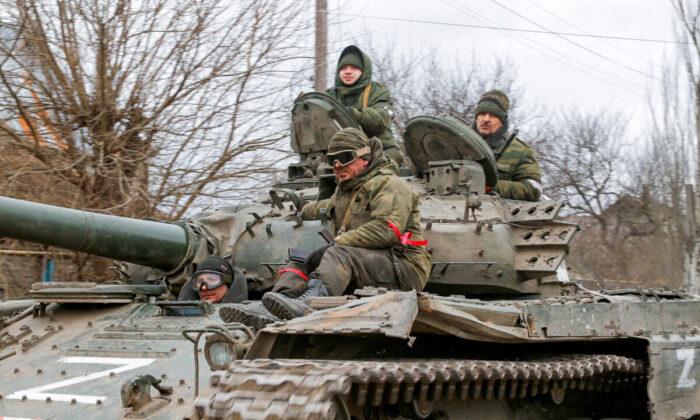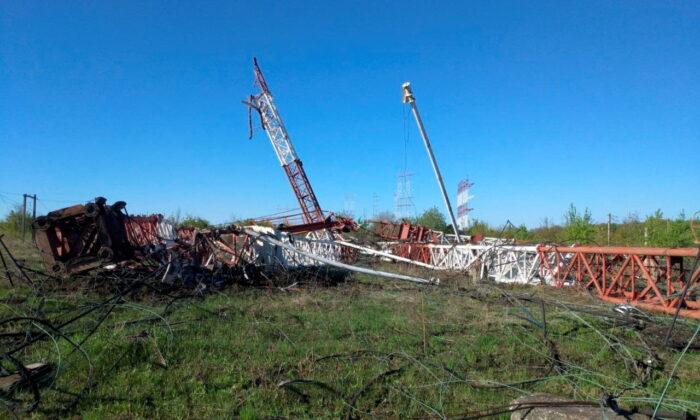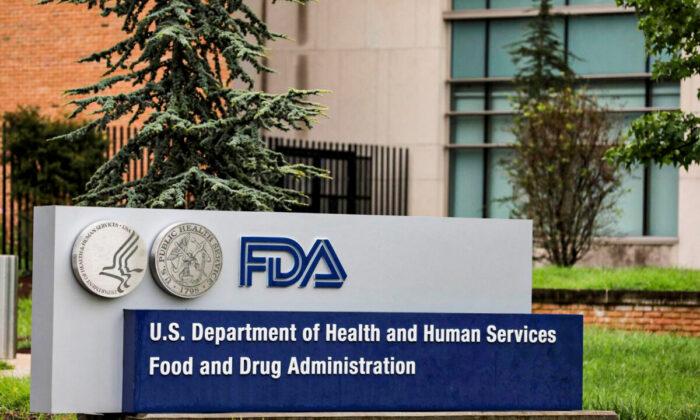Energy Secretary Jennifer Granholm on Oct. 6 said that the Biden administration is considering tapping the nation’s emergency oil reserves to tame soaring gasoline prices, according to a Financial Times (FT) report.
The U.S.-government-owned SPR was established in 1973 and is located in the Gulf Coast region. It has a capacity of 727 million barrels, and the reserves are intended as a national security measure to support the United States in times of an energy emergency.
Before that, in 2005, President George W. Bush released some 20.8 million barrels from the SPR after Hurricane Katrina devastated the Gulf Coast and caused a critical disruption in supply.
The Biden administration is reportedly contemplating tapping the SPR as the national average for a gallon of regular gasoline has reached about $3.20 per gallon.
The spike in gasoline prices comes as people return to work and travel more after signs that COVID-19 cases are easing and after OPEC+ oil-producing countries agreed this week to keep crude supplies tight—sticking to its July decision to boost output by 400,000 barrels per day each month until at least April 2022, to phase out its existing 5.8 million barrels per day of production cuts amid the pandemic.
“We are scared of the fourth wave of corona; no one wants to make any big moves,” an OPEC+ source told Reuters earlier this week.
High oil prices are a concern for the administration ahead of next year’s midterm elections.
According to the Energy Department, the SPR currently holds about 617.8 million barrels of crude, the lowest in about 18 years.
The energy secretary on Oct. 6 also didn’t rule out a ban on exports of crude oil, which was lifted in 2015 when Obama was in office.
White House officials didn’t immediately respond to a request by The Epoch Times for comment.






Friends Read Free